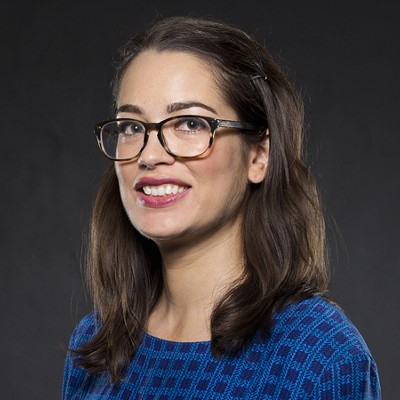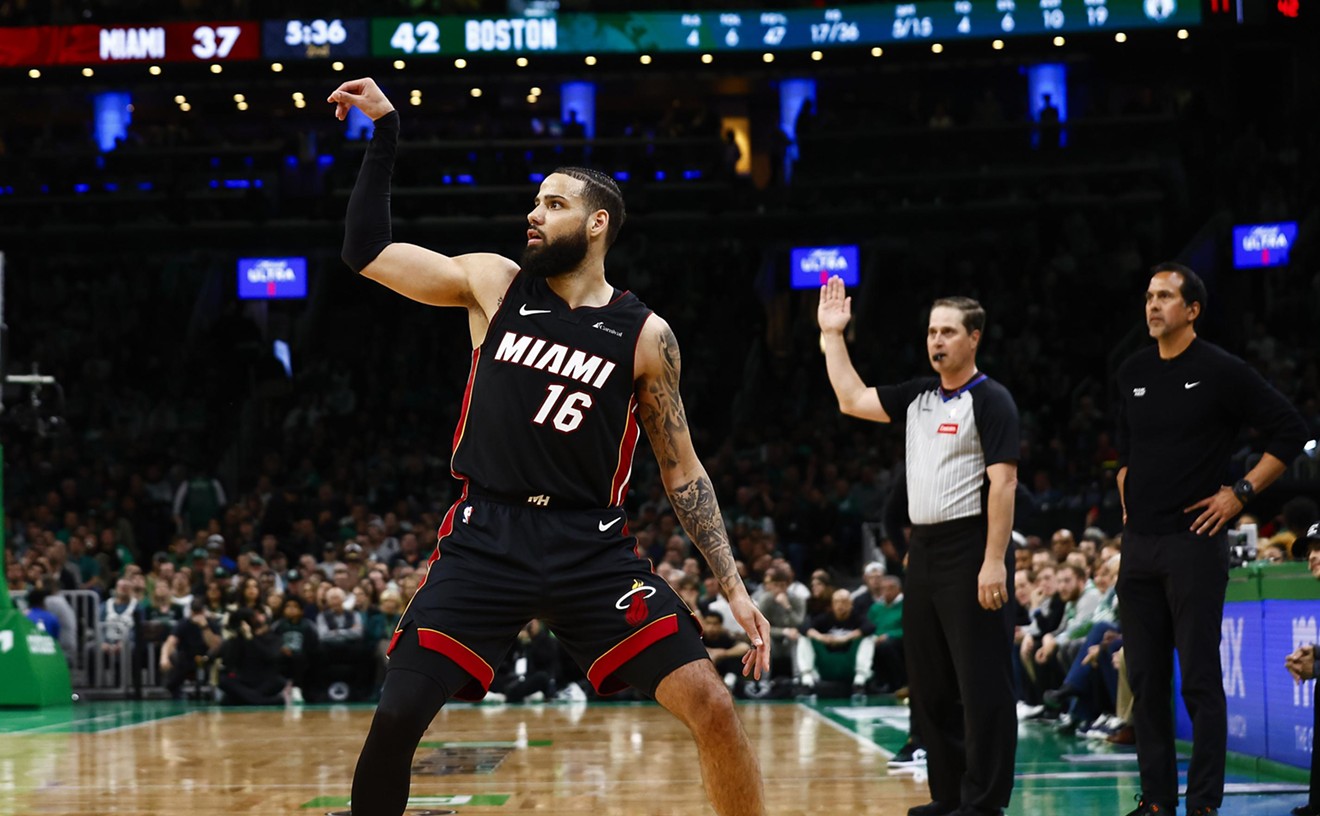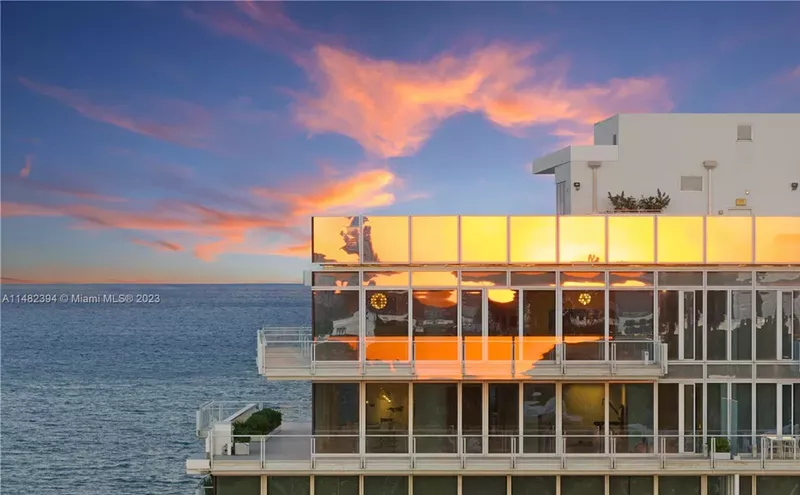Growing up in Trinidad, Johanne Rahaman didn't realize she was poor.
"It was idyllic," she says. "I had all these friends whose homes I would just walk into. If we didn't have food, I could go to my neighbor's house, and their parents or grandparents would feed me."
As a teenager, she began to realize that Laventille Hills, where her family lived, was considered a slum. Embarrassed, she tried to avoid telling people where she lived.
Now age 47, the self-taught photographer, who started out using disposable cameras because it was all she could afford, says her perspective has shifted.
"I see everything was beautiful now," she says. "Photography changed the way I look at my family's house. I see the paint peeling, and I see it as having character."
Now based in Miami, where she has worked in administrative roles at various real-estate firms since 2000, Rahaman spends her weekends traveling the state to photograph low-income and working-class black communities that remind her of the place where she grew up. The project, Black Florida, began in Liberty City last year and has taken her as far north as Palatka, near Jacksonville.
"I have to linger, I have to take the time to get to know people and not just steal their image.
tweet this
"It's a way of escaping Miami," she explains. "Miami doesn't really satisfy me mentally and emotionally. Going to the communities I photograph, it gives me something that Miami does not — something real, something that's so honest."
Her goal is to reinterpret these communities, which are often associated with poverty and violence, and show what they look like from the inside: their important but often-neglected histories, the resilience of their residents, and the quiet beauty of everyday life.
The photos show families fishing the canals in Pahokee, a 96-year-old man in Fort Pierce holding his 4-month-old great-grandson, and siblings in Little Haiti playing games after school.
Rahaman posts her photographs on Instagram and Facebook, typically accompanied by lengthy captions that tell the stories of her subjects. She sees her role as that of an oral historian, as well as a documentary photographer, and often puts her camera away and simply listens as her subjects tell stories about growing up in the segregated South.
Many of the people who follow her work on social media have invited her to visit their towns and photograph their relatives. She's also become an informal messaging service, helping to reconnect long-lost family and friends. Recently, a family reunited after a son and daughter, who had been looking for their father for years, Googled him and discovered a photograph Rahaman had taken this past April.
Rahaman says it's the best thing that's happened as a result of the project so far.
"I can't just take something and move on," she says. "I have to linger; I have to take the time to get to know people and not just steal their image. I get people to tell their stories and bits of their life. They're not just a face, and I think that these people finding their father, it's a benefit of that."
Rahaman's full photographic archive can be found at blackflorida.org. Johanne Rahaman's photography is supported by the Economic Hardship Reporting Project.











